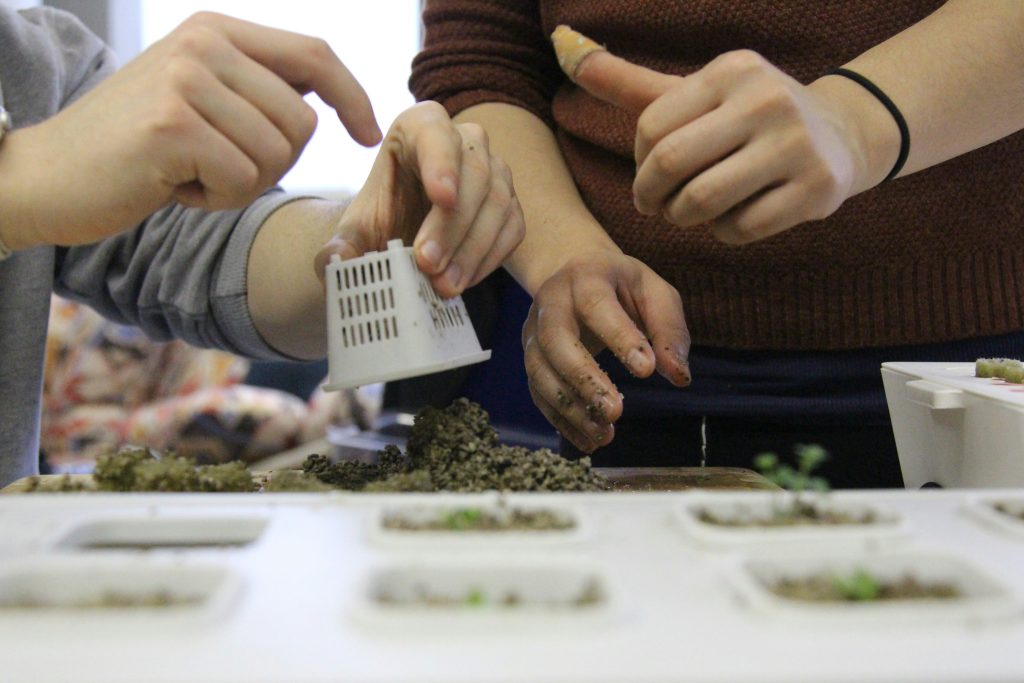
Are you interested in growing your own fresh produce right at home? Have you considered trying out hydroponic gardening as a sustainable and efficient method of cultivation? If so, you’ve come to the right place! In this step-by-step guide, you will learn how to build your very own DIY hydroponic system from scratch. Let’s get started!
Understanding Hydroponic Gardening
Hydroponic growing systems have gained popularity in recent years due to their numerous benefits. In hydroponic gardening, plants are grown without soil, and instead, they receive a nutrient-rich solution directly to their roots. This method allows plants to grow faster and produce more abundant yields compared to traditional soil gardening. Additionally, hydroponic systems use up to 90% less water, conserve space, and enable year-round cultivation, regardless of external weather conditions.
Benefits of Hydroponic Gardening
Hydroponic gardening offers several advantages over traditional soil gardening. By providing plants with direct access to essential nutrients, oxygen, and water, hydroponic systems promote faster growth and higher yields. Furthermore, hydroponic systems conserve water, reduce the risk of soil-borne diseases and pests, and result in healthier plants with fewer chemical inputs. Overall, hydroponic gardening provides a sustainable and efficient approach to growing fresh, nutritious crops.

Building Your DIY Hydroponic System
Now that you understand the basics of hydroponic gardening, it’s time to build your own system. Follow these simple steps to create a DIY hydroponic setup that will allow you to grow a variety of plants in the comfort of your home.
Materials Needed
Before you begin constructing your DIY hydroponic system, gather the following materials:
- Plastic storage tote or bucket
- Net pots or cups
- Growing medium (such as perlite or clay pebbles)
- Submersible water pump
- Air stone and pump
- Plastic tubing
- Water reservoir
- Nutrient solution
- pH testing kit
- Lighting source (such as LED grow lights)
- Timer
Setting Up the Reservoir
Start by selecting a plastic storage tote or bucket to serve as the reservoir for your hydroponic system. Drill holes in the lid of the container to accommodate the net pots or cups. Place the water pump inside the reservoir and connect it to the plastic tubing. Install an air stone connected to an air pump to provide oxygen to the nutrient solution.
Assembling the Growing Chamber
Fill the net pots or cups with the growing medium of your choice, such as perlite or clay pebbles. Place the pots or cups in the holes drilled in the lid of the container, ensuring that the plants’ roots have direct access to the nutrient solution in the reservoir. Adjust the water level in the reservoir to maintain proper hydration for the plants.
Monitoring pH Levels
Regularly test the pH levels of the nutrient solution using a pH testing kit. The ideal pH range for hydroponic gardening is typically between 5.5 and 6.5. Adjust the pH of the nutrient solution as needed to ensure that plants can effectively absorb the essential nutrients.
Providing Adequate Lighting
To promote healthy plant growth, ensure that your hydroponic system receives adequate lighting. LED grow lights are an excellent choice for indoor hydroponic setups, as they provide the necessary spectrum of light for plant photosynthesis. Use a timer to control the lighting schedule and mimic natural daylight cycles.
Maintenance and Care
Once your DIY hydroponic system is set up, it’s important to regularly monitor and maintain it to ensure optimal plant growth. Check the water level in the reservoir regularly and top up as needed to prevent dehydration. Inspect the roots of the plants for any signs of rot or disease, and remove any affected plants promptly.

Choosing Plants for Your Hydroponic System
When selecting plants to grow in your DIY hydroponic system, consider the specific requirements of each species and choose those that are well-suited for hydroponic cultivation. Here are some popular plants that thrive in hydroponic systems:
Leafy Greens
- Lettuce
- Spinach
- Kale
- Swiss chard
Herbs
- Basil
- Mint
- Cilantro
- Parsley
Fruiting Plants
- Tomatoes
- Peppers
- Cucumbers
- Strawberries
Choose a variety of plants to grow in your hydroponic system to enjoy a diverse range of fresh produce right at home.

Troubleshooting Common Issues
While hydroponic gardening offers many benefits, you may encounter some common issues along the way. Here are a few tips for troubleshooting common problems in your DIY hydroponic system:
Algae Growth
If you notice algae growth in your nutrient solution, reduce the amount of light exposure to the reservoir. Cover the container with opaque material or adjust the lighting schedule to limit algae growth.
Root Rot
To prevent root rot in your plants, ensure that the growing medium is well-drained and aerated. Avoid over-watering your plants and monitor the water level in the reservoir regularly to prevent waterlogging.
Nutrient Deficiencies
If your plants show signs of nutrient deficiencies, such as yellowing leaves or stunted growth, test the nutrient solution to identify any imbalances. Adjust the nutrient solution’s pH and nutrient concentrations to meet the plants’ needs.
Pests and Diseases
Keep an eye out for pests and diseases that can affect your hydroponic plants. Inspect the plants regularly for signs of infestation, and take appropriate measures to control pests and prevent the spread of diseases.

Conclusion
Congratulations! You have successfully learned how to build your own DIY hydroponic system and are now equipped to grow a variety of fresh produce right at home. By following the step-by-step guide provided in this article, you can enjoy the benefits of hydroponic gardening, such as faster growth, higher yields, and healthier plants. Experiment with different plant varieties and continue to monitor and maintain your hydroponic system for optimal results. Get ready to harvest your home-grown bounty and enjoy the fruits of your labor!










